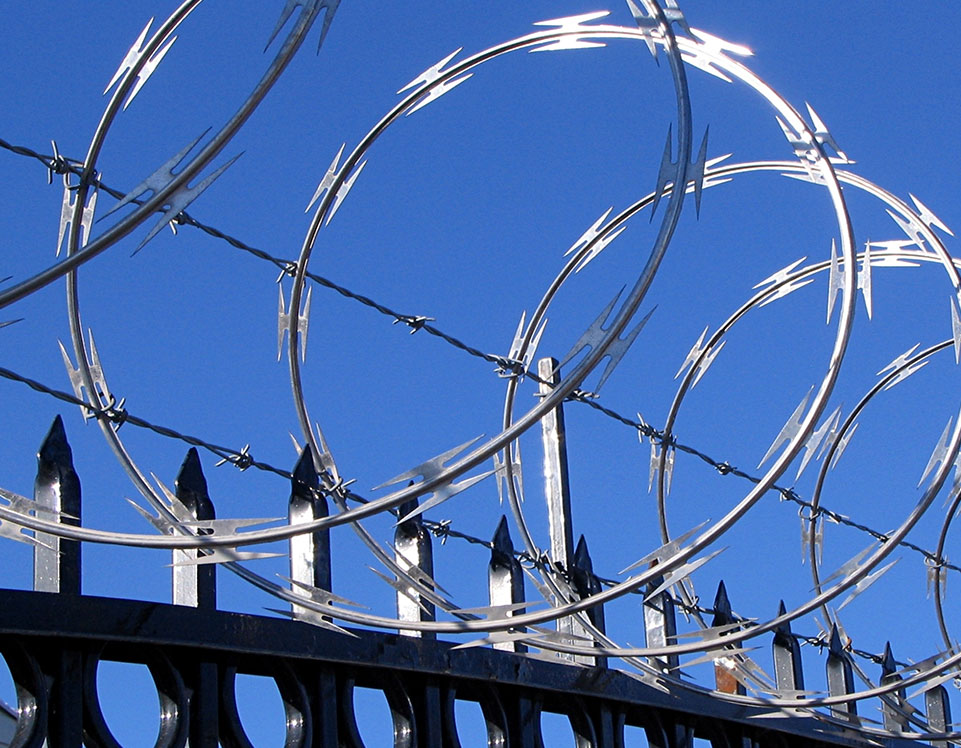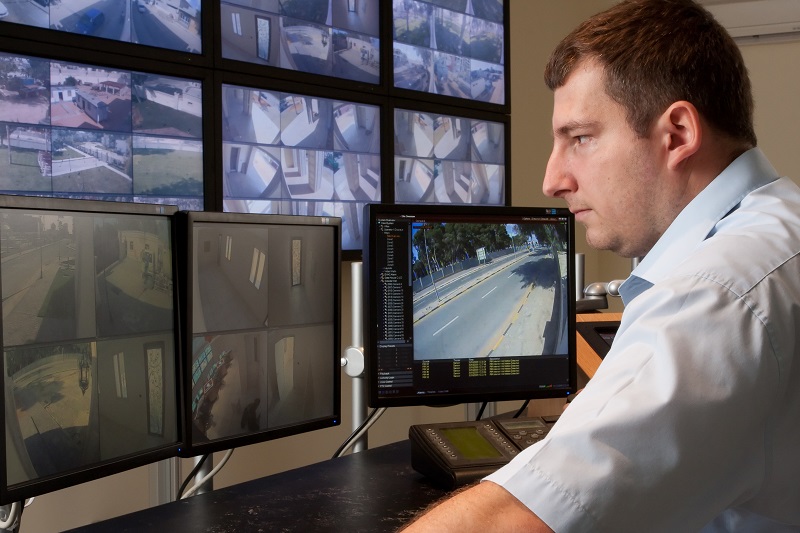Boost Your Safety And Security With Advanced Fiber Optic Safety And Security Equipments
In an age where safety and security is critical, sophisticated fiber optic protection systems present an engaging option for boosting safety throughout numerous atmospheres. These systems not only boast premium bandwidth and speed for high-resolution monitoring but also use remarkable resilience versus exterior interferences. As companies progressively look for reputable ways to safeguard their properties, the integration of cutting-edge modern technologies like AI and IoT within fiber optic structures increases necessary concerns concerning their performance contrasted to traditional systems. What implications do these improvements hold for future security procedures?
Benefits of Fiber Optic Safety
Taking advantage of the advantages of fiber optic technology dramatically enhances safety systems across various applications. Among the main benefits is the raised data transfer capacity, enabling for the transmission of huge quantities of data at high rates. This is specifically crucial for real-time video surveillance, where high-resolution feeds can be sent without latency, guaranteeing prompt feedback capacities.
Furthermore, optical fiber show premium resistance to electro-magnetic interference, which is essential in environments with possible signal disruptions. This integrity makes certain constant efficiency in crucial protection procedures. Fiber optic wires are much less vulnerable to tapping and unauthorized gain access to contrasted to standard copper wiring, therefore improving data honesty and privacy.
Another notable benefit is the sturdiness of fiber optic systems; they are much more immune to environmental factors such as dampness, temperature level fluctuations, and destructive substances. This strength translates to decrease upkeep prices and longer life expectancies for safety and security installations.
Finally, the light-weight nature of fiber optic cords assists in less complicated setup and directing, especially in intricate frameworks (fiber optic security system). Ultimately, the combination of fiber optic technology into protection systems not just boosts security measures yet also enhances functional performance
Secret Functions to Think About
When reviewing fiber optic security systems, several crucial functions need to be taken into consideration to ensure optimal performance and effectiveness. First, analyze the system's detection variety and level of sensitivity; a comprehensive array enables checking big locations, while high sensitivity makes certain that also minor disturbances are discovered quickly.
Next, take into consideration the combination abilities of the system. A fiber optic security system need to effortlessly user interface with existing protection steps such as cameras and alarm systems, developing a cohesive security network.
Longevity and ecological resistance are also vital features. Make sure that the system is designed to stand up to harsh weather condition problems and potential physical hazards, as this will prolong its operational life-span.

Finally, check out the scalability of the system. A robust fiber optic safety system need to be conveniently expandable to suit future demands without considerable overhauls. By thoroughly taking into consideration these features, you can choose a fiber optic safety and security solution that enhances safety and security and safety in your environment.
Installation Process Introduction
To effectively execute a fiber optic safety system, a methodical installation process is essential. This process begins with a thorough website evaluation to establish the details safety requirements and to determine optimum places for fiber optic wires and security tools. Following this evaluation, the installment team will establish a thorough strategy, including cable television pathways, essential tools, and compliance with local laws.
Following, the installment includes laying the fiber optic wires, ensuring they are secured from environmental elements and physical damages. Correct handling methods are crucial, as fiber optic wires are sensitive and can be easily harmed. After the cabling is installed, adapters and discontinuations are he has a good point carefully finished to ensure signal stability.
The succeeding stage includes mounting protection gadgets such as cameras, movement detectors, and alarm, all incorporated with the fiber optic network. Rigorous testing is carried out to validate that all elements are working correctly and to make sure optimal performance.

Comparing Fiber Optic to Traditional Equipments
The evolution of safety and security innovation has actually resulted in significant improvements in the comparison between fiber optic systems and conventional copper-based systems. Fiber optic systems use light to send data, supplying premium bandwidth and speed contrasted to their copper counterparts. This results in enhanced data transmission abilities, making optical fiber ideal for high-resolution video security and real-time tracking.
In addition, fiber optic cords are immune to electromagnetic interference, decreasing the likelihood of signal destruction brought on by outside factors. This characteristic ensures regular performance, even in tough settings. In contrast, typical copper systems are more my explanation susceptible to interference, resulting in possible vulnerabilities in protection applications.
Durability is an additional benefit of fiber optic systems. They are less susceptible to harm from ecological variables such as wetness and temperature level variations, which can endanger copper circuitry. Furthermore, optical fiber are lighter and thinner, permitting simpler installment and decreased physical impact.
Nonetheless, traditional systems often tend to have lower initial expenses, making them appealing for budget-conscious projects. While fiber optic systems may require a higher upfront financial investment, their long-term advantages-- such as reduced maintenance prices and better integrity-- often exceed the preliminary expenditure, positioning them as an exceptional choice for modern-day safety needs.
Future Patterns in Security Modern Technology
Emerging trends in security modern technology are poised to change the landscape of monitoring and threat detection - fiber optic security system. As organizations progressively deal with innovative dangers, developments such as expert system (AI) and device learning (ML) are coming to be important to protection systems. These technologies boost the capability of fiber optic systems by enabling real-time information analysis, identifying abnormalities, and automating reactions to possible breaches
Furthermore, the combination of the Internet of Points (IoT) is transforming safety and security frameworks. IoT devices can supply thorough situational recognition and promote read more smooth communication between different safety and security parts. This interconnectedness enables much more effective surveillance and faster occurrence reaction times.
Biometric verification is also acquiring energy, providing a higher degree of security through distinct physical qualities. As this technology evolves, it is likely to be integrated into fiber optic systems for improved accessibility control.
Verdict
In conclusion, progressed fiber optic security systems stand for a substantial innovation in safety and surveillance technology. Their remarkable bandwidth, resistance to interference, and longevity assist in reputable surveillance and data stability. As these systems incorporate AI and IoT capabilities, they enhance the overall security framework, ensuring durable security for possessions. The shift from traditional systems to fiber optic remedies shows an expanding trend towards extra reliable and efficient protection procedures in an increasingly intricate technical landscape.